The new iOS is better and worse all at once
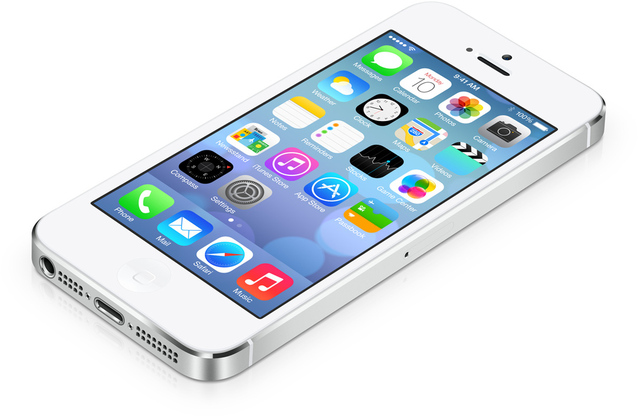
What I saw today at Apple's annual WWDC event in the new iOS 7
was a radical departure from the previous design of the company's
operating system — what CEO Tim Cook called "a stunning new user
interface." But whether this new design is actually good design, well, that's a different story entirely.
Apple did indeed tout a
completely rethought mobile OS, one which isn't technically a great
distance from its predecessor but is an incredible deviation on design.
Gone are lush, skeuomorphic objects, dials, and textures (in fact, Apple
took several potshots at itself about the faux-felt and wood textures
of the iOS of yesteryear). Instead, they have been replaced with stark,
largely white and open app spaces; colorful, almost childlike icons;
pencil thin, abstract controls for settings. New, Gaussian
blur-transparency layers slide over your content, creating thick smears
of soft color; notifications and other incidental information float
above your work area on semi-translucent panels.
The icons are the first missteps in Apple's new approach
The icons are striking to see,
and they're the first sign that there are points of confusion and even
missteps in Apple's new approach. For starters, the icon styles vary
wildly from app to app. Game Center is now a collection of 3D globs,
rendered together against a white background, while the Camera icon
recalls something more like clip-art — an icon set against a rudimentary
gray gradient that seems to want to be more abstract than it is. It
looks shockingly basic, and more childish than elegant. The same goes
for Weather, an amateur mishmash of sun, clouds, and a gradient
background that was highlighted as part of Apple's new "grid system." It
might be on a grid, but it doesn't look very good. The Maps icon is a
mess: too many colors and lines intersecting at once. Messages' word
balloon is so puffed up and oversized compared to its fine point that it
looks like it will topple over. Another journalist remarked to me that
the Settings icon looked more like an oven burner than a set of gears. I
agreed, and still do now as I sit looking at it. It looks like clip-art
of an oven burner, and again, that lazy gradient isn't doing the icon
any favors.
Weirdly, though there wasn't
any mention of active icons in iOS 7, the calendar displays the correct
date (as it always has), and the clock icon is updated with the current
time in all the screenshots we've seen. Weather, however, frustratingly
remains unchanged. Don't even get me started on weather. Okay, fine:
again Apple seems to ignore the utility of glanceable information,
keeping safely to an annoying dance of swipes and secret menus to get to
basic information... like the current temperature.
Again Apple seems to ignore the utility of glanceable information
But with the icons, there's an enormous feeling that Apple's designers couldn't decide on a direction. And for all the jokes about skeumorphism, I would have preferred something nearer to the company's previous efforts than the new set, which seems closer to bathroom signage than even the Windows Phone's plainness.
It's not just that the icons
on the homescreen feel and look like the work of a lesser designer. They
also vary across the system. For instance, the camera icon is a
different shape in other sections of the OS, like the camera app or the
lockscreen. Shouldn't there be some consistency?
Elsewhere there is trouble —
instead of correcting issues with the notification panel and alerts,
Apple has simply given them a fresh coat of paint and several layers of
sub-navigation. Your notifications will still interrupt your work at the
top of the screen, and when you slide down the panel you're now
presented with the option of flipping between the kinds of notifications
you want to see. Even closing notifications looks harder, the small "X"
box now nearly invisible against that soft blur background. But
fundamentally these are unimproved from Apple's last attempt, offering
no action to take (which the company did actually just add to the
forthcoming version of OS X), and doing nothing to actually speed up
your productivity on the device.
The Control Center, a new
option which can be summoned with a quick swipe up from the bottom of
the screen, is actually a great idea but its design and organization of
items is bizarre. It is an odd, jarring collection of functions. Toggles
for oft-used controls, a brightness bar, a music player?
AirDrop accessibility? A flashlight app? The clock? It feels like for lack of a better location Apple lumped all the other stuff into a single, messy space that floats above your onscreen content, making the already busy utility a visual strain. The idea is good, the execution is troubling.
AirDrop accessibility? A flashlight app? The clock? It feels like for lack of a better location Apple lumped all the other stuff into a single, messy space that floats above your onscreen content, making the already busy utility a visual strain. The idea is good, the execution is troubling.
Inside apps, iconography has
been transported from the familiar to the confusing. Take a look at
those new controls in Safari. What's that box with the arrow on top of
it? It appears to be your sharing options, but it doesn't look like any
sharing icon you know. It's almost as if in an attempt to move away from
familiar shapes and textures, Apple has confused its design with new
shapes and textures — weird ones. Less useful ones.

But it's not all a loss, or a
miss. In fact, there are some extremely beautiful aspects of iOS 7 —
aspects that lead me to believe that the raw materials for a more
cohesive and useful OS are there, if perhaps a little buried.
The raw materials are there, if perhaps buried
The typography in the majority of the apps is gorgeous, leaning heavily on Helvetica Neue and putting an emphasis on bigger, more readable type. App redesigns from the Calendar to the Camera introduce welcome changes. A new multitasker finally gets it right with what amounts to a carbon copy of the webOS card methodology. Little changes like the subtle, gyroscope-responsive parallax wallpapers, the ability to open notifications and controls on your lockscreen, and the new back gesture within apps show that Apple is still invested in the tiniest details.
Apple is showing that it can
adapt, borrow, and tweak ideas from the competition, that it can expand
what iOS feels and looks like as well as what it can do. The problem now
is that it seems to be buckling a bit under the weight of an end-to-end
redesign. I'm hopeful that in the next few months, as Apple ramps up
for the introduction of new hardware at its fall event, some of the
design and functionality issues that have yet to be addressed will be
nipped and tucked. And perhaps the designers and engineers in Cupertino
will revisit simply bad design decisions, like those obstructing
notifications or the cluttered Control Center.
Until then, however, at least Apple fans and foes have something new to argue about.






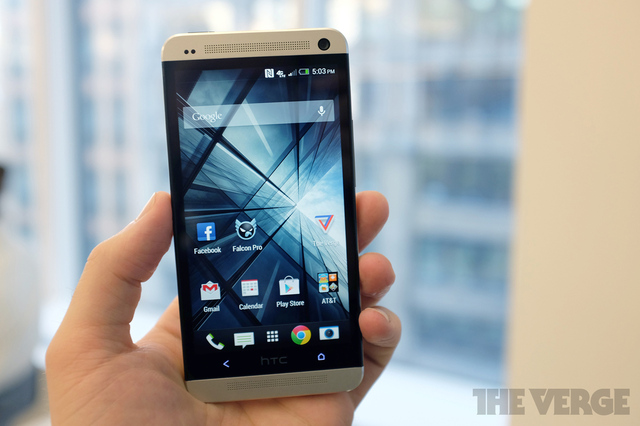
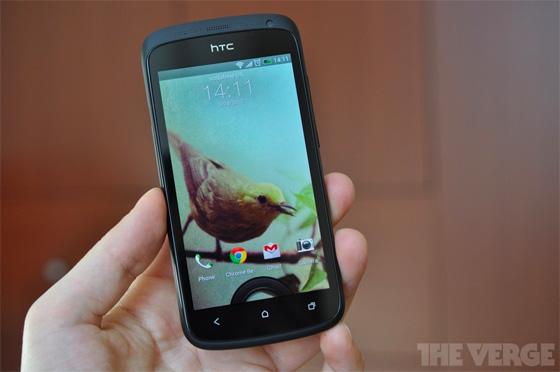
 Eesha Khare (AP)
Eesha Khare (AP) Finally
BlackBerry Z10 has been officially launched. The flagship BlackBerry 10
smartphone is here with a 4.2-inch display with a pixel density of
356ppi, an 8-megapixel camera rear and a 2-megapixel front cameras and
all the connectivity options one can ask for in a smartphone. The
BlackBerry Z10 runs on a 1.5GHz dual-core processor in concert with 2GB
of RAM. There is also 16GB of internal memory along with a microSD card
slot. And yeah, the battery is removable too!
Finally
BlackBerry Z10 has been officially launched. The flagship BlackBerry 10
smartphone is here with a 4.2-inch display with a pixel density of
356ppi, an 8-megapixel camera rear and a 2-megapixel front cameras and
all the connectivity options one can ask for in a smartphone. The
BlackBerry Z10 runs on a 1.5GHz dual-core processor in concert with 2GB
of RAM. There is also 16GB of internal memory along with a microSD card
slot. And yeah, the battery is removable too!





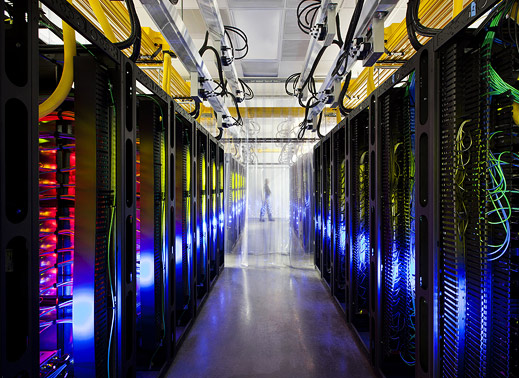
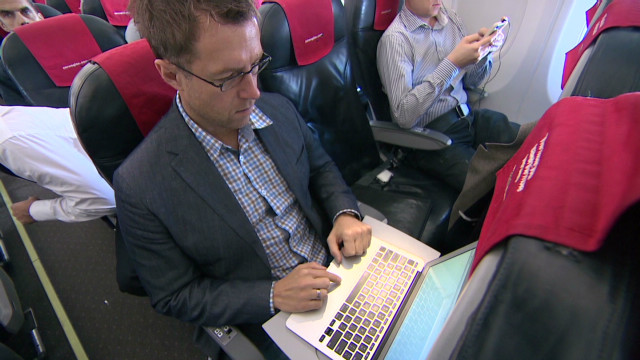





 After
months of speculation and numerous leaks, Apple today finally unveiled
the iPhone 5. The phone looks similar to the leaks we have been seeing
in the past couple of months and sports an all glass and aluminum
design. Apple claims they have changed almost every part inside the
iPhone 5. Read on to find out more.
After
months of speculation and numerous leaks, Apple today finally unveiled
the iPhone 5. The phone looks similar to the leaks we have been seeing
in the past couple of months and sports an all glass and aluminum
design. Apple claims they have changed almost every part inside the
iPhone 5. Read on to find out more.



















